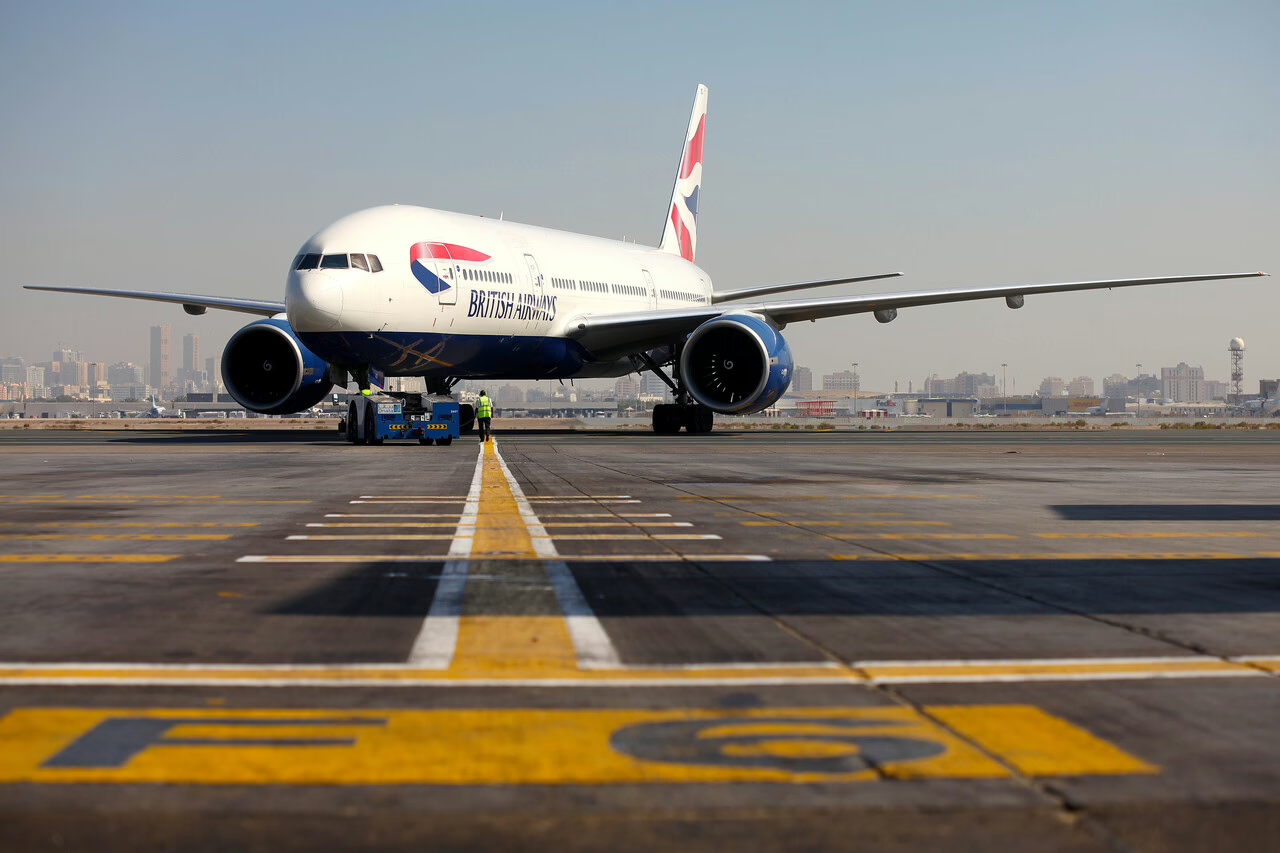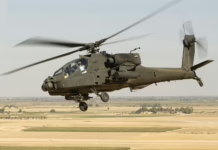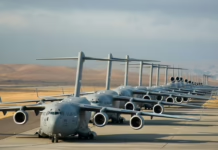UK investigators determine co-pilot’s hand movement error led to high-speed rejected takeoff at London Gatwick, causing operational disruptions
The Air Accidents Investigation Branch (AAIB) has determined that a British Airways Boeing 777-200ER experienced a brake fire during a rejected takeoff after the co-pilot mistakenly pulled back thrust levers instead of the control column at a critical moment during departure from London Gatwick Airport.
The June 28, 2024, incident involved the widebody aircraft registered as G-VIIT, which was preparing to operate a flight to Vancouver, Canada with 334 passengers and 13 crew members onboard. The high-speed abort maneuver triggered a fire in the right-side main wheel brakes, causing significant operational disruption at the airport, though no injuries were reported.
According to the AAIB report, the co-pilot, who was the pilot flying, inadvertently pulled back on the thrust levers just as the aircraft reached V1 speed – the critical “point of no return” during takeoff when an aircraft is typically committed to becoming airborne.
“The V1 callout was a normal prompt for the co-pilot to move his left hand during the takeoff roll, while preparing to pull back on the control column with his right hand. However, he unintentionally pulled his left hand back instead,” the AAIB report states. “The resulting ‘action sequence’ resembled the RTO or landing maneuvers, rather than a normal takeoff. There was no obvious reason for him being primed to do that – for example, he had not recently changed aircraft seat or type, or practiced landings or RTOs in a simulator – and he could not identify a reason for it on the day.”
Investigators classified the incident as an “action slip,” describing it as an error that occurs when an action is not performed as intended during routine or highly learned motor sequences. The report noted that the co-pilot had 6,156 hours of total flying experience, including 2,700 hours on the Boeing 777, and had flown 44 hours in the 28 days before the incident.
The co-pilot had been returning from annual leave, with his most recent flight occurring on June 14, 2024, approximately two weeks before the incident. He reported being well-rested and could not identify any factors that might have contributed to the error.
After initially pulling back the thrust levers, the co-pilot briefly attempted to push them forward again but ultimately decided against re-adding thrust while the aircraft was already far down the runway. He then committed to the rejected takeoff procedure. The captain, who was serving as the pilot monitoring, had insufficient time to fully assess the situation but responded “calmly and methodically” according to cockpit voice recorder data.
The aftermath of the incident caused widespread disruption at London Gatwick, with more than 20 flights canceled and numerous others delayed.
During normal takeoff procedures, pilots are trained to keep a hand on the thrust levers until reaching V1 speed, at which point they should transition to pulling back on the control column to initiate rotation. V1 represents the maximum speed at which a rejected takeoff can be safely initiated; beyond this point, pilots are generally committed to becoming airborne even if problems occur.
After V1, pilots reach rotation speed (Vr), which is when they actively pull back on the control column to lift the aircraft’s nose and begin the climb phase of flight.

Key Takeaways
- A British Airways Boeing 777-200ER experienced a brake fire after the co-pilot mistakenly pulled back thrust levers instead of the control column at V1 speed.
- The AAIB identified the error as an “action slip” during a routine motor sequence despite the pilot’s significant experience.
- The high-speed rejected takeoff resulted in no injuries but caused significant operational disruption, including over 20 canceled flights.
- The incident highlights the critical importance of proper hand movements during the transition from ground roll to rotation during takeoff.
- The captain responded professionally to the unexpected situation despite having minimal time to assess what was occurring.







